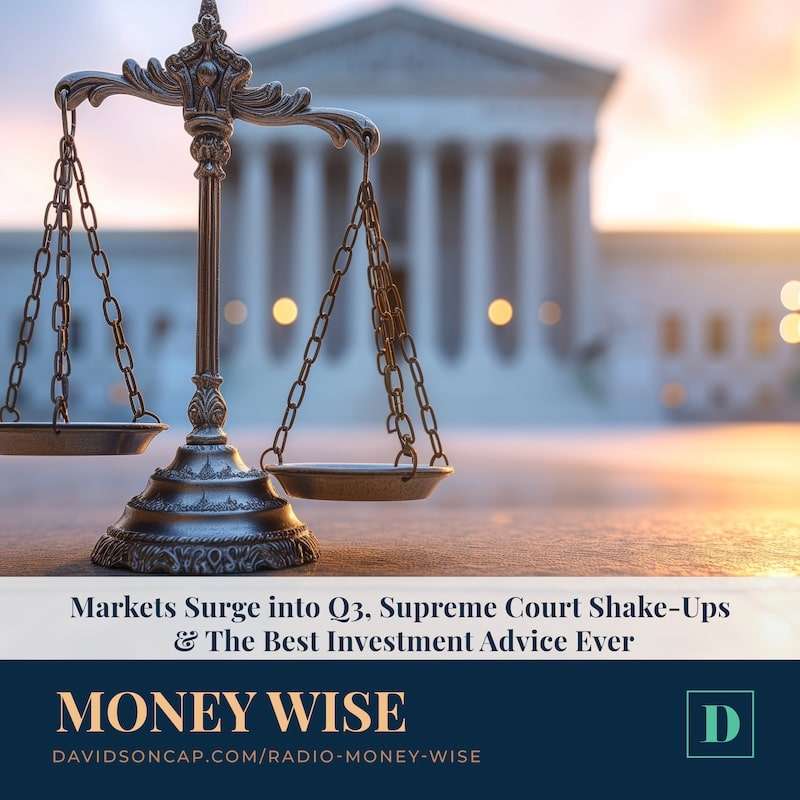The Power of Practicing Active Investment Management
In the ever-changing landscape of financial markets, investment decisions play a pivotal role in shaping the performance of portfolios. While passive investing strategies have been adopted by the vast majority of name-brand brokerage firms across the country to maximize their profits due to their low cost and simplicity, active investment managers continue to hold their ground as a powerful tool for boosting portfolio returns. This article explores the benefits and advantages of using an active investment manager and why they remain a valuable option for investors looking to optimize their returns.
Active Investment Management: What Is It?
Active investment management refers to a strategy where portfolio managers actively make investment decisions to outperform the market rather than merely mirroring an index’s performance. These managers use in-depth research, market analysis, and their expertise to identify undervalued securities and potential opportunities, seeking to achieve superior returns for their clients.
Active Investment Managers: The Key to a Thriving Portfolio
One of the key advantages of active investment management is the access to skilled and experienced portfolio managers. These professionals possess a deep understanding of the financial markets, various industries, and economic trends that they can then use to identify potential investments that may outperform the broader market, while also managing risk effectively throughout a market cycle. Their expertise can lead to well-informed decisions and better positioning of the portfolio for long-term growth.
Below you’ll find six key ways that active investment managers may help boost your portfolio in ways that passive investing typically cannot.
#1. An active investment manager can be opportunistic.
Active investment managers have the flexibility to be opportunistic, allowing them to capitalize on market inefficiencies and rapidly changing market conditions. Unlike passive strategies, which follow set rules and are bound by the composition of a particular index, active managers can pivot their portfolios based on real-time market developments. This adaptability enables them to take advantage of emerging trends or swiftly exit positions that may no longer be promising to reduce downside risk during turbulent market conditions.
SEE ALSO: The Importance of Rebalancing: Why You Shouldn’t ‘Set and Forget’ Your Portfolio
#2. An active investment manager considers your risk tolerance.
Active investment management emphasizes diversification, spreading investments across various asset classes, industries, and regions. They can also identify which asset classes tend to perform better historically during specific market and economic conditions. This diversified approach can help reduce portfolio risk and minimize the impact of an individual stock or sector volatility. Additionally, active investment managers continuously assess and adjust the portfolio’s risk exposure, ensuring it aligns with the investor’s risk tolerance, risk capacity, and investment objectives.
#3. An active investment manager remains focused on fundamental and technical analysis.
Active investment managers extensively analyze the fundamental aspects of potential investments. They scrutinize financial statements, assess management teams, and conduct detailed research on a company’s competitive landscape. This commitment to fundamental analysis can lead to the identification of undervalued assets, hidden gems, and early-stage growth opportunities that might go unnoticed in a passive approach. Active investment managers also utilize technical analysis to assist in the timing of buying and selling a specific security. Technical analysis is also used to provide an overhead view of the stock market and bond market to determine pending upside or downside trends.
#4. An active investment manager employs active strategies for changing market conditions.
In times of market volatility or economic uncertainty, active investment managers can implement defensive strategies to protect the portfolio from severe downturns. They may increase cash holdings, seek out defensive sectors, or use derivatives to hedge against potential losses. Such dynamic decision-making is especially valuable during bear markets or turbulent economic periods, aiming to preserve capital and achieve better risk-adjusted returns.
#5. An active investment manager focuses on alpha generation to beat the benchmark.
Alpha is a measure of a portfolio’s risk-adjusted return relative to a benchmark index. Active investment managers focus on generating positive alpha, which means delivering returns that surpass the benchmark’s performance. By consistently outperforming the market, active managers demonstrate their ability to add value beyond passive investment strategies.
SEE ALSO: Five Things Every Portfolio Should Have
#6. An active investment manager can prioritize tax-efficient investing.
Active investment managers can also employ tax optimization strategies, like tax-loss harvesting and careful portfolio turnover, to mitigate the impact of taxes on returns. This proactive tax planning can lead to more efficient after-tax returns, further enhancing the portfolio’s performance.
Utilizing an Active Investment Manager to Strengthen Your Investment Strategy
While passive investing certainly has its merits as a small asset allocation in an investor’s portfolio, working with an active investment manager offers a range of benefits that can significantly enhance a portfolio’s performance. However, it’s important to remember that not all active investment managers are equal; their investment management philosophy and investment performance track record can vary. So, investors must carefully research and select competent and reliable managers who align with their financial goals, risk tolerance, and risk capacity. In the right hands, active investment management can serve as a valuable tool for building a stronger, more resilient, and ultimately more rewarding investment portfolio.
For investors seeking the advantages of active investment management, Davidson Capital Management is a trusted partner to consider. With a team of seasoned portfolio managers, comprehensive research capabilities, and a commitment to delivering superior results, we have a 34-year proven track record of actively managing our clients’ assets to achieve their financial goals. Take charge of your financial future and explore the possibilities by giving us a call today!




